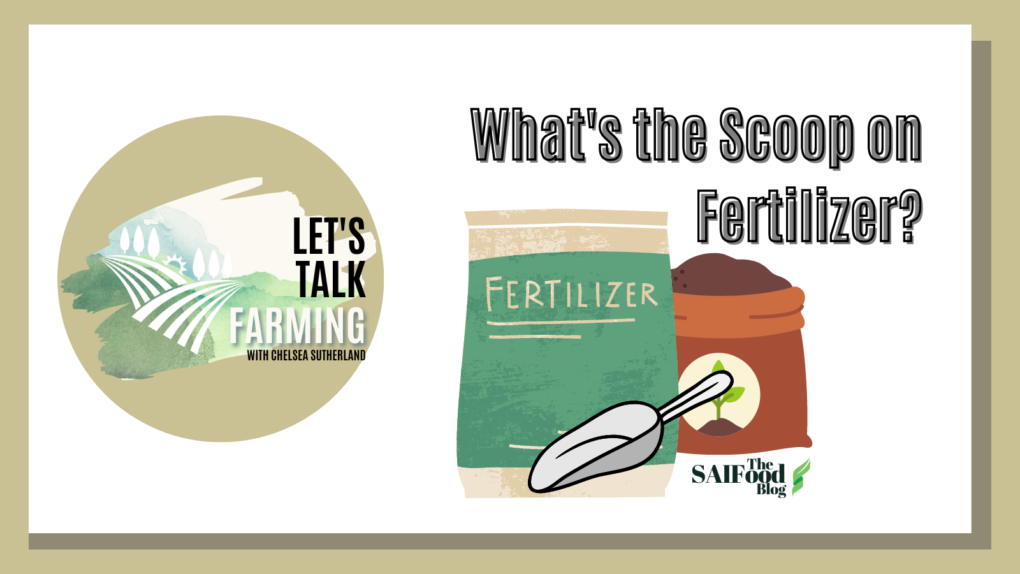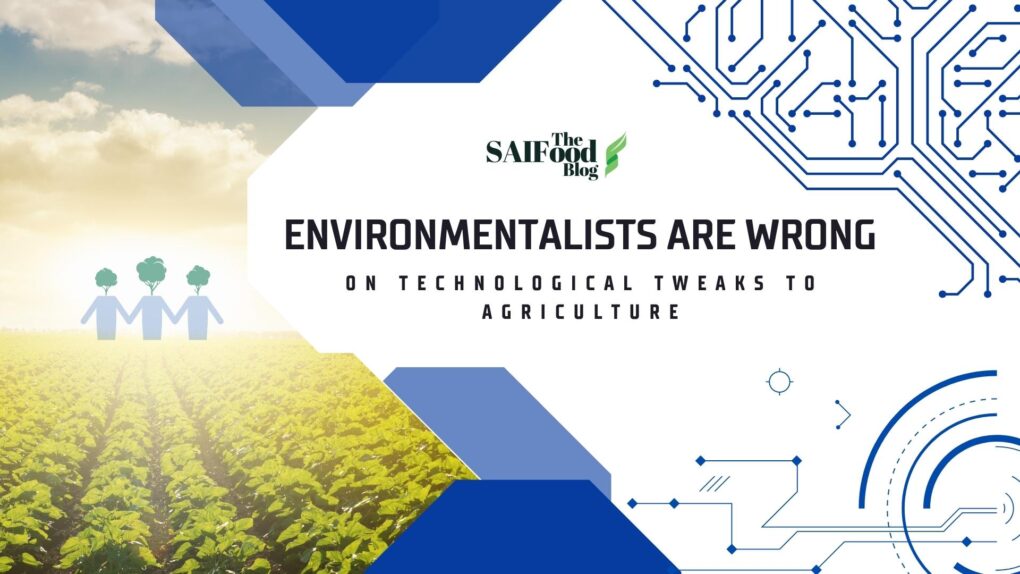Honouring those that keep everyone fed
We celebrate a variety of holidays throughout the year, but it is Thanksgiving that is specifically focused on recognizing and honouring our agricultural sector that works diligently to provide our food. Regardless of the menu options that you enjoyed this past weekend, it was due to a combination of plant breeders, input suppliers, farmers, transportation and value-added processing.It’s always important to give recognition to where it is due and this year, perhaps more than ever, it’s nice to do so. Rising food prices over the past year can contribute to a sense of frustration when we go to grocery stores, making it a challenge to remember the hard work involved in getting that food to you. Month in and month out, it has taken a team of individuals across the supply chain to result in our grocery stores’ shelves being abundantly stocked, with a wide range of safe and nutritious food options.
It all starts with plant breeders
Before farmers plant the crops to be our food, first they need the right seed. Were it not for the constant efforts of plant breeders, food crop varieties would be heirloom varieties. This might sound like a nice and fancy thing, but in the grander scheme of feeding us all, it sounds better than it would likely be. Heirlooms are typically more
susceptible to disease and therefore have reduced yields, resulting in less food and at a higher price. As a large developed nation, which covers a large area mass, not many individuals are producing their own food, and therefore, in our large-scale production, we need plant breeders to ensure that our food can safely be produced given the climate, pests, and disease. Canadian plant breeders work on commodity crops, as well as fruit and vegetable varieties capable of being grown in all of Canada’s producing regions. Their efforts result in improved varieties that have greater resistance to insects and diseases that can reduce yields, but also that are more resistant to droughts, excess moisture and even frost. Without this incredibly innovative component of Canadian agriculture, everyone that puts seeds in the ground for food purposes, whether it be a large-scale farmer or a backyard gardener, benefits from their diligent efforts to improve the ability of Canadian crop varieties to produce more food.
Farmers turn seeds into foods
Turning a few hundred bushels of seed into thousands of tons of grain isn’t magic, but it requires a great deal of patience and steely nerves. Farmers spend substantial amounts of money to put a crop in the ground, buying seed, as well as fertilizer and chemicals. All of these inputs need to be produced and delivered either to each farm or to storage sites where farmers can pick up their orders. Numerous individuals, time, and logistics go into the production and inputs of growing our food. The amount of time spent managing a crop will vary, fruit and vegetable crops can be more labour intensive than large-scale commodities like wheat or canola, while large-scale crops may require more skilled technicians to operate and repair machinery.Livestock farmers work day in and day out to ensure that dairy, beef, pork and poultry products are available. Livestock production requires constant care and attention, as cattle, hogs and chickens require feeding daily, as well as health monitoring. Those in the animal rearing profession not only work 365, but they also have to heavily invest to meet the high standards of the Canadian Food Inspection Agency, with specialized facilities, equipment, and access to medical professionals.Whether a farmer is producing grains, oilseeds, pulses, fruits, vegetables or meat for our table, they invest long days in providing us with this food. Commonly, their day will start in the dark and end in the dark. They will be up in the middle of the night taking care of a sick calf or working late into the evening to fix machinery that is needed for jobs the following day.
Roll on
Transportation of the crops produced by the vast array of farmers is vital for Canada’s food system as the volume of food produced locally can’t be consumed locally and needs to be shipped to other parts of the country to feed other Canadians. Prairie wheat needs to be transported to flour mills, where it can be milled into flour and then shipped from coast to coast for all of our baking needs. Once harvested, PEI potatoes are stored and then shipped out on regular basis to ensure a continual supply of spuds in our grocery stores. The same is applied to all food products, be it cucumbers, tomatoes, strawberries or turkeys.
Adding value to raw ingredients
Canada has a small, but growing, food value-added sector. We have always had strong meat processing and large-scale commodities industry like oats, barley and flax. These sectors also have deep roots in other value-added areas like fruit processing into jams and juices and vegetable processing. The food processing sector has increased as new crops have been developed, particularly in the area of pulses, peas and lentils.
Thanks to everyone
Ideally, we’d give thanks to everyone involved in food production in Canada daily, but as we focus on celebrating harvests and giving thanks, it’s great to be able to give a huge thank you shout-out to Canada’s food sector. We may not say it often enough, but all consumers in Canada are grateful for the time, effort and dedication everyone invests in their specific sector of Canada’s best industry.




